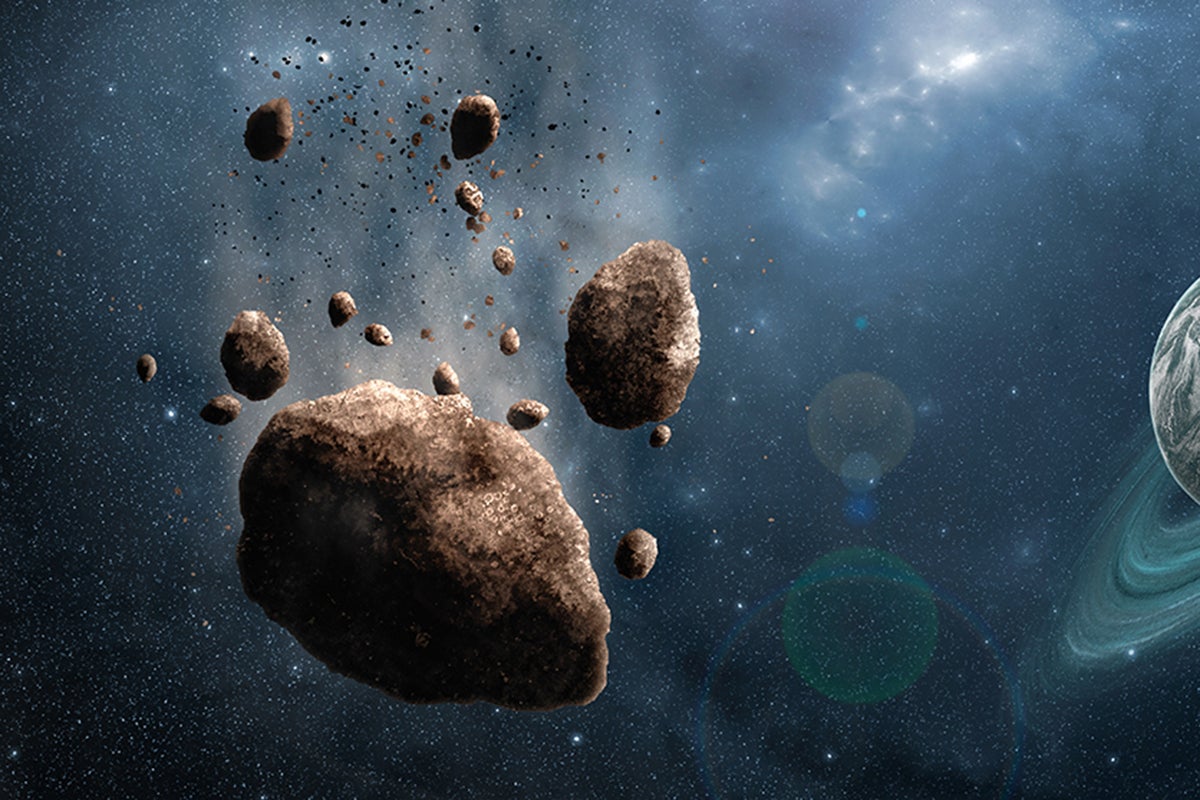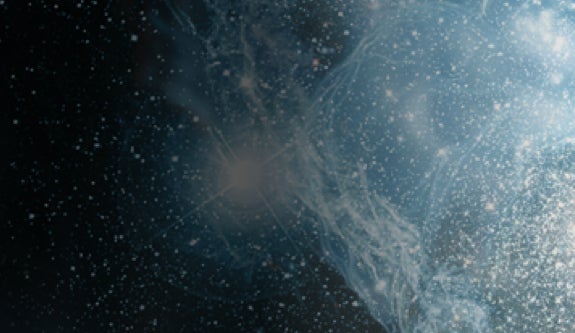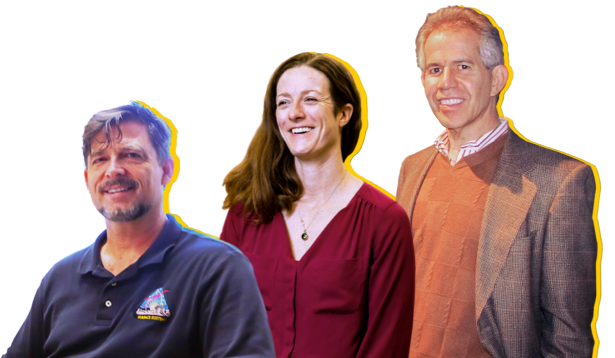A dozen University of Central Florida space researchers were honored recently when planetary bodies were named after them.
This brings the total number of current UCF researchers whose names are attached to asteroids to 17, along with another 13 former researchers.
The honor comes just in time for today’s International Asteroid Day, which was started in 2015 to raise awareness about asteroids. The small planetary bodies could offer untold riches in rare and precious metals if mined, but they could also be catastrophic if a large one was to hit Earth.
The announcement of the new names was made recently by the International Astronomical Union Working Group for Small Bodies Nomenclature. The names are in recognition of the researchers’ impact on space science and are a distinction for UCF space research.
“There were more than one hundred asteroids named by the IAU working group this month, and researchers associated with UCF and Arecibo received nearly a tenth of them,” says Noemí Pinilla-Alonso, an associate scientist at UCF’s Florida Space Institute and an expert astronomer who had an asteroid named for her in 2017. “These awards are to individuals based on research excellence. It’s clear that the planetary group at UCF is getting stronger and that the quality of these researchers at UCF is being noticed by our colleagues at other institutions.”
Two of the new recipients — Estela Fernández-Valenzuela and Mário De Prá — are preeminent postdoctoral scholars at the institute.
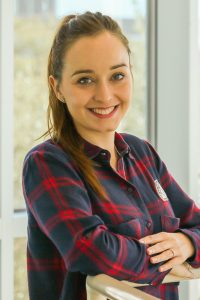
Fernández-Valenzuela received the honor for her work on the study of trojan asteroids and trans-Neptunian objects by means of performing photometric and stellar occultations techniques. This type of research can lead to clues to understanding how the solar system was formed, Fernández-Valenzuela says.
The asteroid named in her honor is known as 35646 Estela = 1998 KO66 and is in the asteroid belt orbiting the sun between Mars and Jupiter.
“I feel very grateful that my work is recognized by other scientists in my field,” Fernández-Valenzuela says. “It makes me proud of what I do and motivates me to move forward.”
The astronomer says now that the asteroid shares her name, she may turn her sights to it.
“There is not much information about it, so that is nice,” Fernández-Valenzuela says. “Now I can be the first to study some of its properties.”
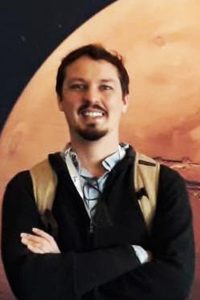
Fellow preeminent postdoctoral scholar De Prá received the honor for his work using photometry and spectroscopy to study primitive asteroids to infer their composition, and in particular, asteroids beyond the orbit of Neptune.
Primitive asteroids are dark asteroids with low reflectivity that are thought to contain primitive material relatively unchanged since the formation of the solar system.
“I feel very honored of having such recognition,” De Prá says. “It is something that I would never dream of in the past.”
De Prá says it was great to learn that the asteroid named after him, 30088 Deprá = 2000 EK128, has features similar to the primitive asteroids he studies.
“I was very happy to find out that the object is located in the inner asteroid belt and has a low albedo, which suggests a primitive nature, typical of the objects that I usually study,” De Prá says. “Also, the asteroid is a member of the Polana family, which has been deeply studied by our research group.”
The Polana family is part of the long list of more than 500 asteroids studied by the Primitive Asteroids Spectroscopic Survey (PRIMASS), led by FSI with De Prá as co-investigator.
UCF researchers also receiving the new honor are:
- Julie Brisset, an associate scientist with FSI. Brisset’s research focuses on the behavior of dust grains in microgravity conditions with applications to the structure of small body surfaces and rings in the solar system.
- Kerri Donaldson-Hanna, an assistant professor in UCF’s Department of Physics. Her research focuses on understanding the formation and evolution of airless bodies such as the Moon, Mercury, Mars’ moons and asteroids.
- Adrienne Dove, an assistant professor in UCF’s Department of Physics. Her studies include the cohesive behavior of materials in microgravity, CubeSat experiments, and the electrostatic charging properties of lunar and asteroid regoliths.
- Josh Colwell, a Pegasus Professor and chair of UCF’s Department of Physics. His work involves studying the structure and dynamics of Saturn’s rings, the behavior of materials in microgravity, and the electrostatic charging of lunar and asteroid regoliths.
- Phil Metzger, an associate scientist with FSI. Metzger is a leader in the study of the mechanical properties of lunar and asteroid regoliths, including how rocket exhaust interacts with regolith and requirements to protect Apollo sites from damage.
- Zoe Landsman, chief scientist of UCF’s Center for Lunar & Asteroid Surface Science Exolith Lab and a researcher with FSI. Landsman specializes in observations and modeling of asteroids and other airless bodies, particularly M-types and low albedo asteroid families. She also was noted as an educator who actively engages in public outreach.
- Maria Womack, a courtesy professor in UCF’s Department of Physics. She has served as a professor at multiple universities and a program director for the National Science Foundation. Her research includes studies of comets and active centaurs.
- Sean Marshall, an observatory scientist at Arecibo Observatory, which UCF manages in Puerto Rico for the National Science Foundation under a cooperative agreement. Marshall studies near-Earth asteroids using radar and light curve observations to find their sizes, shapes and rotation states, adding infrared observations to find their thermal properties.
- Maxime Devogele, an observatory scientist at the Arecibo Observatory. His work includes measuring the polarimetric properties of near-Earth and Main Belt asteroids.
- Flaviane Venditti, an observatory scientist at the Arecibo Observatory. Venditti specializes in radar observations of near-Earth asteroids, impact mitigation techniques, and spacecraft dynamics.
Researchers formerly affiliated with UCF who were recently honored were:
- Dylan Hickson was a preeminent postdoctoral scholar at the Arecibo Observatory. Hickson specializes in radar observations of near-Earth asteroids and understanding the properties of planetary surfaces and regolith using radar scattering measurements.
- Gal Sarid was an associate scientist with FSI. Sarid studies the thermal evolution of comets and asteroids, and the early compositional evolution of the solar system.
“It’s a great honor to the scientists here at UCF,” says Ray Lugo, director of FSI. “Now, we need to lead a mission to explore those small bodies, and maybe one named after a member of our staff.”
UCF researchers have made significant impacts in the field of asteroid research both in space and on the ground.
For example, Pegasus Professor of physics Humberto Campins, as well Donaldson-Hanna, are part of NASA’s OSIRIS-REx mission to sample asteroid Bennu, which is more than 200 million miles from Earth. Campins also has an asteroid named after him.
To help better prepare for these missions, Pegasus Professor of physics Dan Britt, founded the CLASS Exolith Lab, which makes high-fidelity regolith simulants that researchers can use to test building and landing on surfaces like the Moon, Mars and asteroids. Britt is also a current UCF researcher with an asteroid named after him.
Brisset is conducting a series of experiments aimed at estimating the possibility of surface regolith structural failure being at the origin of activity on asteroids. The research will help scientists better understand why some asteroids are active or ejecting dust that produces a tail almost like a comet.
Metzger’s research includes finding the best ways to one day mine asteroids and other off-world surfaces. He also notes the importance of asteroids in understanding the origin of our solar system.
“Asteroids are the leftover building material of planets,” Metzger says. “So they give deep insight to the origins and evolution of the solar system.”
There are currently 22,505 named asteroids.
The IAU working group that selects the names chooses them based on the proposals they receive. Names range from astronomers and scientists to famous historical and social figures such as Harriet Tubman. The group discourages proposing names of pets and does not allow offensive names and those that are purely commercial in nature.
